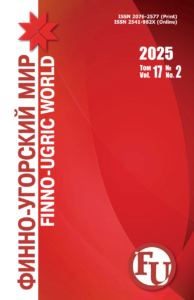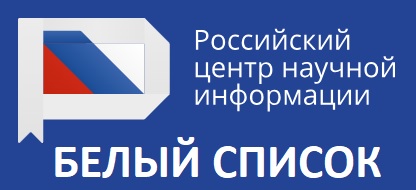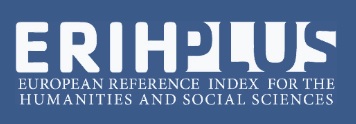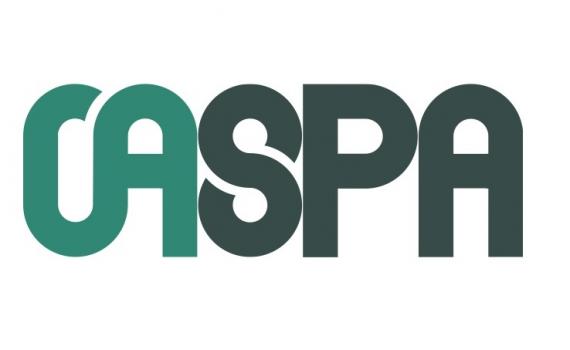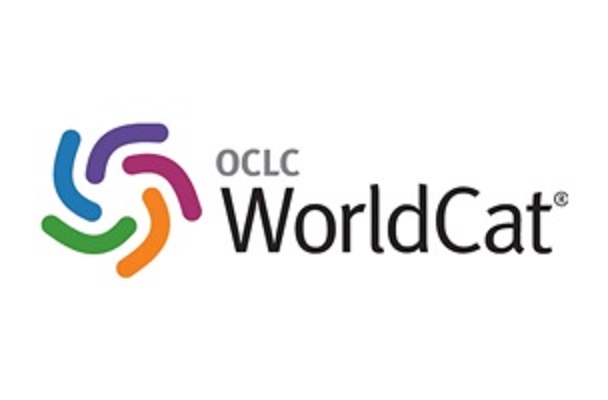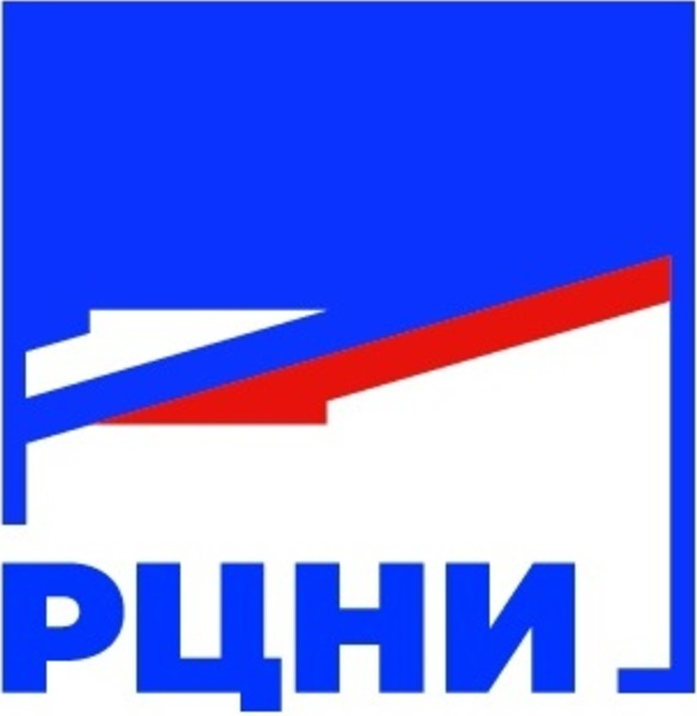Representation of Finno-Ugric vowel *a at the stem end in the Mordovian languages
Ivanova Galina S.,
Doctor of Philology, Professor, the Department of Mordovian Languages, Ogarev Mordovia State University (Saransk, Russia), galina17-05@yandex.ru
Butylov Nikolai V.,
Doctor of Philology, Professor, Department of Foreign Languages No. 3, Plekhanov Russian University of Economics (Moscow, Russia), butylovnv@rambler.ru
Letkina Nataliia V.,
Candidate Sc. {Philosophy}, Associate Professor, English Language Department for Professional Communication, Ogarev Mordovia State University (Saransk, Russia), letkinanv@mail.ru
Introduction. The aim of the article is to identify the article that corresponds to Finno-Ugric *а at the end of the stems in the Mordovian languages, as well as to identify patterns of phonetic changes. The subject of the study is the historical vowel *a of the end of the stem; the object is the Mordovian languages.
Materials and Methods. The material of the study is data collected from the etymological dictionaries of the Finno-Ugric languages, during dialectological expeditions, as well as from the works of prominent Finno-Ugric scholars. It also employs scientific, descriptive and comparative-historical methods.
Results and Discussion. Analysis of lexicographical sources has revealed that in the Mordovian languages (Moksha and Erzya) the development of the Finno-Ugric *a at the end of the stem has five main directions: 1) the original *a has been preserved in both Mordovian languages; 2) it was reduced in both languages; 3) in Moksha it is a reduced vowel in Erzya it is full [o]; 4) in a small group of words the vowel has been preserved in the Erzya language (though in a modified form) and in the Moksha language it fell out; 5) in the Erzya language have been preserved, in Moksha, there is a shifting articulation to the front row. Conservation of the quality of the Finno-Ugric *a of a non-initial syllable is likely due to the stress transition from the narrow vowel of the first syllable to the wide *a.
Conclusion. The vowel *a of a non-initial syllable has naturally been influenced by a reduction and was realized in sound [ă], which in the closed position of the syllable alternates with [ə] if in the first syllable there is the expanded correspondence of Finno-Ugric close vowel; ; there is a system as a broad upper rise vowel of a non-initial syllable followed by a combination of consonants; there is [u] < *o in the first syllable that retains stress, and there is a combination of consonants between the vowels of the first and second syllables. The falling out of final reduced [ă] < *a in a weak position after single consonants at the reflexes of original *a in the first syllable. Shifting articulation of *a to the front row is observed after palatinose consonant.
Key words: Finno-Ugric language; Mordovian languages; representation; vowel; first syllable; non-initial syllable; stem; phonetic position; reduced vowel.
For citation: Ivanova GS, Butylov NV, Letkina NV. Reprezentatsiia finno-ugorskogo *a kontsa osnovy v mordovskikh iazykakh [Representation of Finno-Ugric vowel *a at the stem end in the Mordovian languages]. Finno-ugorskii mir = Finno-Ugric World. 2017; 4: 21–27. (In Russian)
1. Bubrikh DV. Istoricheskaia grammatika erzianskogo iazyka [Historical grammar of the Erzya language]. Saransk; 1953. (In Russian)
2. Gruzov LP. Fonetika dialektov mariiskogo iazyka v istoricheskom osveshchenii [Phonetics of the dialects of the Mari language viewed in the light of history]. Ioshkar-Ola; 1965. (In Russian)
3. Ermushkin GI. Razvitie foneticheskoi sistemy dialektov erzia-mordovskogo iazyka: nauch. dokl., predstavl. v kachestve dis. … d-ra filol. nauk [The phonetic system development of Erzya-Mordvin language dialects. Research report submitted as a dis. … Ph. D. of philol. sci.]. Moskva; 1997. (In Russian)
4. Ermushkin GI. Rekonstruktsiia pervichnogo vokalizma i konsonantizma finno-volzhskoi iazykovoi obshchnosti [Reconstruction of the initial vowel and consonant of the Finno-Volga linguistic community]. Finno-volzhskaia iazykovaia obshchnost’ = Finno-Volga linguistic community. Moskva; 1989: 30–61. (In Russian)
5. Ivanova GS. Nekotorye osobennosti mokshanskoi aktsentuatsii [Some features Moksha accentuation]. Gumanitarnye nauki i obrazovanie = Humanities and Education. 2014; 3 (19): 135–137. (In Russian)
6. Ivanova GS. Cistema glasnykh v dialektakh mokshanskogo iazyka v istoricheskom osveshchenii: avtoref. dis. … d-ra filol. nauk [The vowel system in the Moksha language dialects in the light of history. Abstract of dis. … Ph. D. рhilol. sci.]. Yoshkar-Ola; 2006. (In Russian)
7. Lytkin VI. O vokalizme nepervogo sloga finno-ugorskikh iazykov [About vocalism is non first syllable of the Finno-Ugric Languages]. Sovetskoe finno-ugrovedenie = Soviet Finno-Ugric. 1970; 3: 221–238. (In Russian)
8. Lytkin VI. Sravnitel’naia fonetika finno-ugorskikh iazykov [Comparative Phonetics Finno-Ugric Languages]. Osnovy finno-ugorskogo iazykoznaniia = Basics Finno-Ugric linguistics. Moskva; 1974: 155–213. (In Russian)
9. Mosin MV. Foneticheskaia struktura finno-ugorskoi osnovy slova v mordovskikh iazykakh [The phonetic structure of the Finno-Ugric word foundations in Mordvin languages]. Saransk; 1989. (In Russian)
10. Nad’kin DT. Problema redutsirovannogo glasnogo i osobennosti razvitiia udareniia v mordovskikh iazykakh [The problem of the reduced vowel and accent peculiarities in the Mordovian languages]. Aktual’nye voprosy mordovskikh iazykov = Topical issues of the Mordovian languages. Saransk; 1988: 3–12. (In Russian)
11. Osnovy finno-ugorskogo iazykoznaniia: voprosy proiskhozhdeniia i razvitiia finno-ugorskikh iazykov [Foundations of Finno-Ugric Linguistics: the origin problems and Finno-Ugric languages development]. Moskva; 1974. (In Russian)
12. Poliakov OE. Foneticheskie sistemy mordovskikh (mokshanskogo i erzianskogo) iazykov v sinkhronicheskom i diakhronicheskom aspektakh: avtoref. dis. … d-ra filol. nauk [The Mordovian (Moksha and Erzya) languages phonetic system in synchronic and diachronic perspectives. Abstract of dis. … Ph. D. philol. sci.]. Sankt-Peterburg; 1997. (In Russian)
13. Khaidu P. Ural’skie iazyki i narody [Uralic languages and peoples]. Moskva; 1985. (In Russian)
14. Tsygankin DV, Mosin MV. Etimologiian’ valks [Etymological dictionary]. Saransk; 1998. (In Russian)
15. Genetz A. Ensi tavun vokaalit suomen, lapin ja mordvan kaksija useampitavuisissa sanoissa. Helsingfors; 1895. (In Finnish)
16. Itkonen E. Zur Frage nach der Entwicklung des Vokalismus der ersten Silbe in den finnisch-ugrischen Sprachen, insbesondere im Mordwinischen. Finnisch-ugrische Forschungen. Helsinki; 1946; 29 (1–3): 222–337. (In Finnish)
17. Paasonen H. Mordwinische Lautlehre. Helsingfors; 1903. (In Finnish)
18. Rédei K. A moksa-mordvin nyelvjárások fonémarendszeréhez. Nyelvtudományi Közlemények. 1968; 70 (2): 383–386. (In Hungarian)


